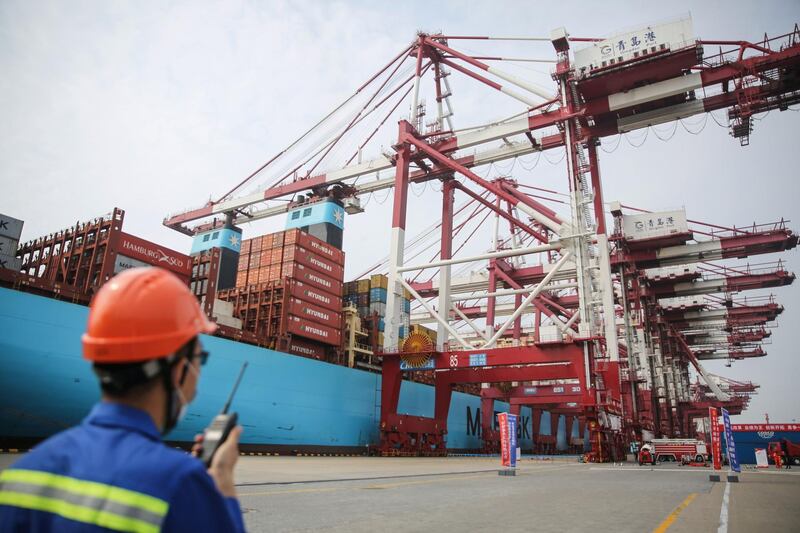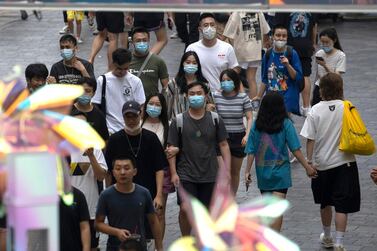China’s exports rose for the third consecutive month in August, eclipsing an extended fall in imports, as more of its trading partners relaxed coronavirus lockdowns in a further boost to the recovery in the world’s second-biggest economy.
Exports in August rose 9.5 per cent from a year earlier, customs data showed on Monday, marking the strongest gain since March 2019. The figure also beat analysts’ expectations for 7.1 per cent growth and compared with a 7.2 per cent increase in July.
Imports however slumped 2.1 per cent, compared with market expectations for a 0.1 per cent increase and extending a 1.4 per cent fall in July.
The strong exports suggest a faster and more balanced recovery for the Chinese economy, which is rebounding from a record first-quarter slump thanks largely to domestic stimulus measures.
“China’s exports continue to defy expectations and to grow significantly faster than global trade, thus gaining global market share,” said Louis Kuijs of Oxford Economics.
“The import data disappointed, pointing to the need for caution as we assess growth of China’s domestic demand.”
A private survey on manufacturing activity last week showed Chinese factories reported the first increase in new export orders this year in August as overseas demand slowly revives. The pick-up in business also led to a further expansion in production, marking the sharpest gain in almost a decade.
China’s export performance, boosted by record shipments of medical supplies and robust demand for electronic products, has not been as severely affected by the global slowdown as some analysts had feared.
But imports unexpectedly slipped further into contraction, suggesting softer domestic demand.
Copper imports in August eased from the previous month’s all-time high, as an arbitrage window to bring in overseas metal shut and demand from key consumption sectors slowed. Coal imports slipped 20.8 per cent from the month before.
China posted a trade surplus of $58.93 billion (Dh216.27bn) last month, compared with the poll’s forecast for a $50.5bn surplus and $62.33bn surplus in July.
The outlook is still far from rosy as external demand could suffer if virus control measures have to be reimposed by trade partners later this year on a resurgence of the epidemic.
China also is looking to reduce its reliance on overseas markets for its development as US hostility and the pandemic increase external risks that could hamper longer-term progress.
Already heightened US-China tensions are expected to escalate ahead of the US presidential election. China remains well behind on its pledge to boost purchases of US goods under an agreement that was launched in February.
China’s trade surplus with the US widened to $34.24bn in August from $32.46bn in July.
Top US and Chinese trade officials reaffirmed their commitment to a Phase-1 trade deal in a phone call last month. “Both sides see progress and are committed to taking the steps necessary to ensure the success of the agreement,” the US Trade Representative’s Office said.
It last week extended tariff exclusions for a wide range of Chinese goods such as smartwatches and some medical masks but only through the end of 2020, a move that may create some leverage for Washington in the bilateral trade negotiations but increasing uncertainty for businesses.







